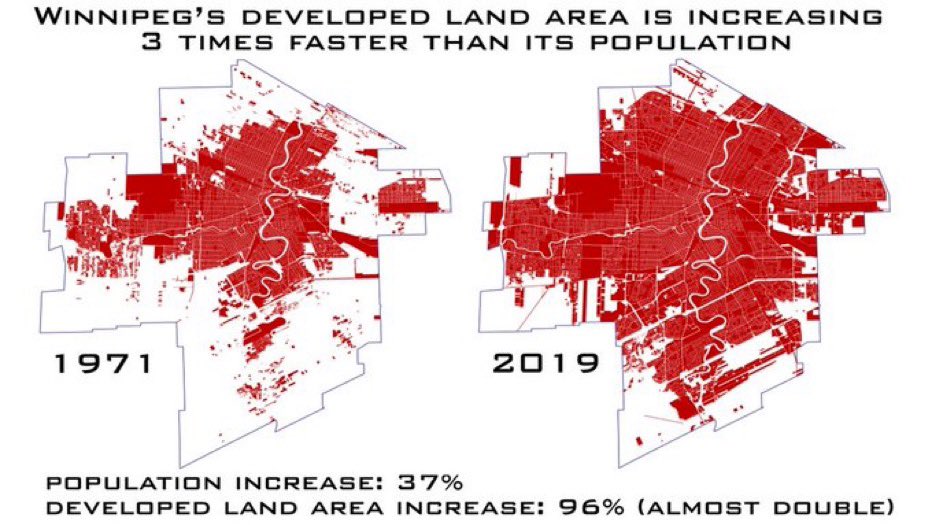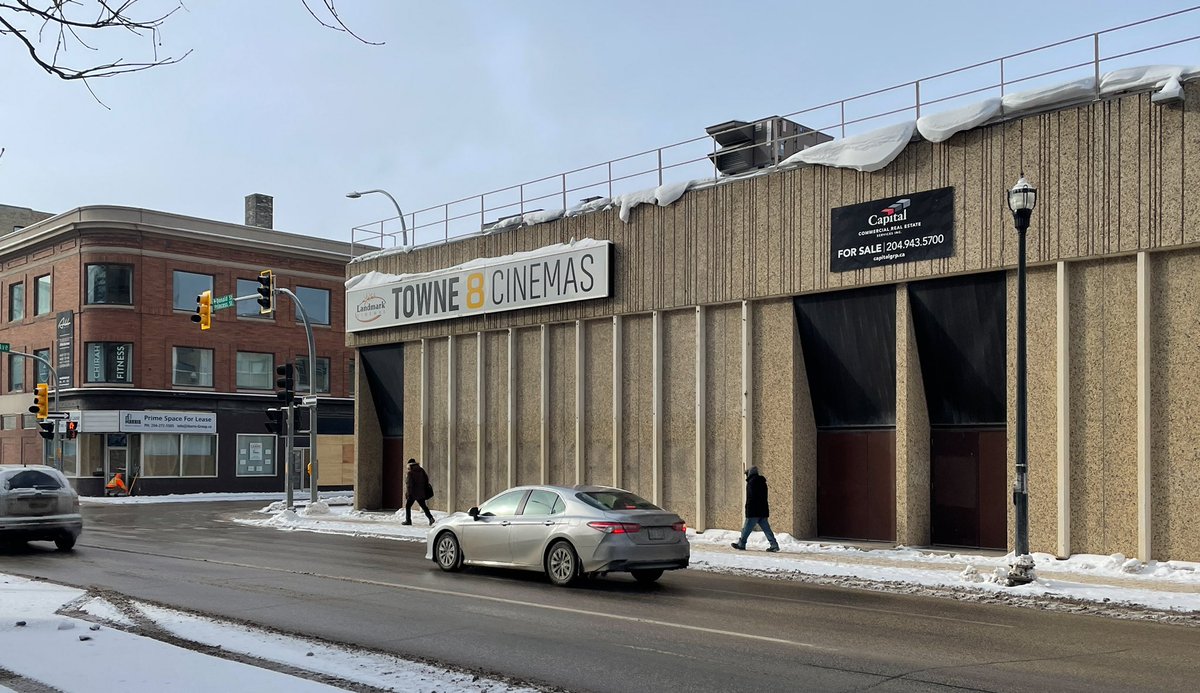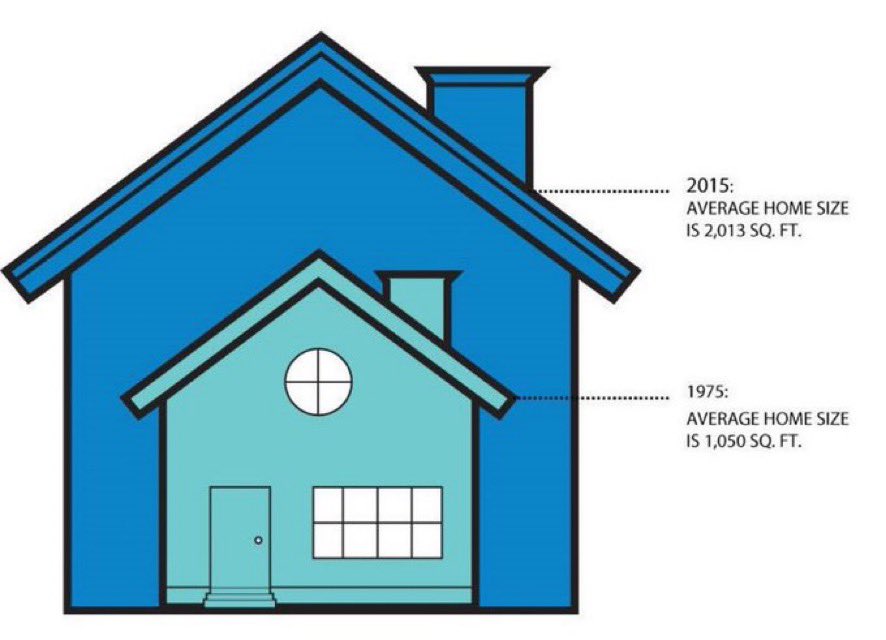A thread about an interesting theory called Marchetti’s Constant. I learned this from my friend @SwansonAnders - It is a great conversation starter for your next party. 

Marchetti’s Constant is the idea that the maximum time people are willing to commute is about 1 hour per day. Throughout history as our means of transportation have sped up, instead of traveling less each day we travel further, but the average time has stayed constant. 

Cesare Marchetti observed that ancient fortified cities tended to be a radius of 2.5km - a 1/2 hour walk. Despite advancements in transportation, people gradually adjust their conditions (location of homes relative to workplace) so that their average travel time stays constant. 

Average commuting times in Canadian cities supports the idea of Marchetti’s Constant. In cities with populations from 700,000 to 6 million, commute times are generally constant, capping out at about half an hour each way. 
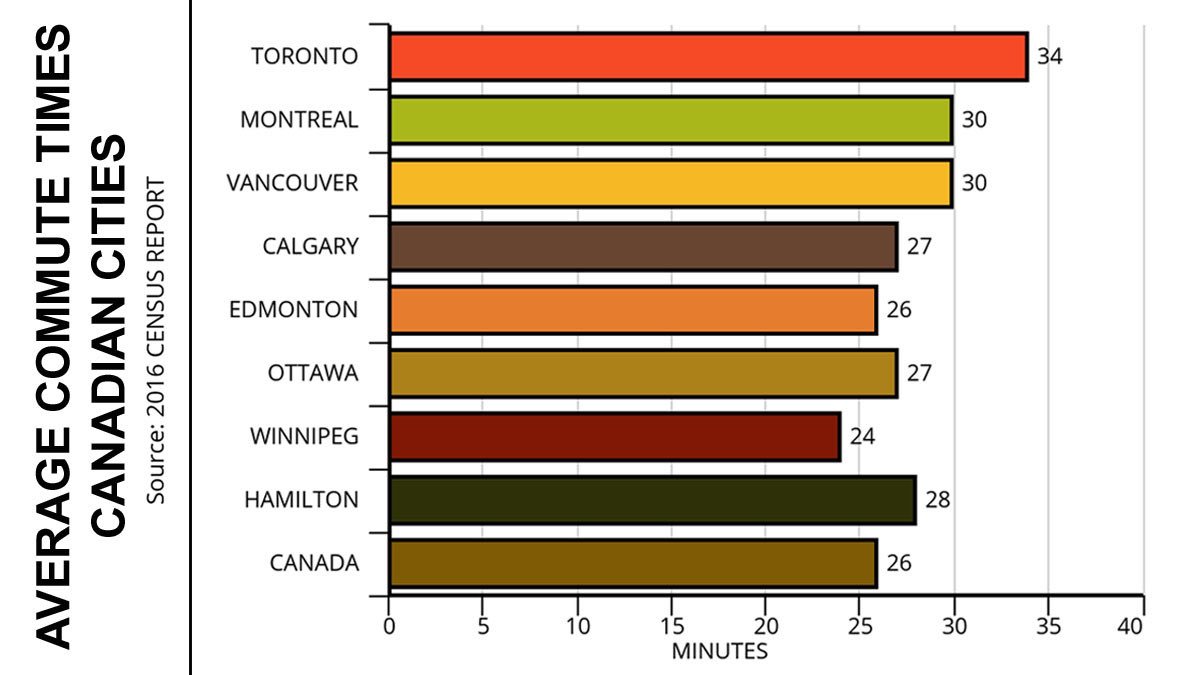
The implication of Marchetti’s Constant is that building larger and faster road networks is unlikely to reduce average commute times, it will only increase the size of the city and the amount of infrastructure built, which challenges economic and environmental sustainability. 

Marchetti’s Constant explains why the geographical area of modern cities has grown proportionately with the increase in use of private automobiles, and suggests that as we build bigger roads we are greasing the wheels that encourage urban sprawl. 

Marchetti’s Constant is one of the reasons increasing residential density within the existing half hour commuting radius is more valuable than entering an endless cycle of building infrastructure to bring people inside a circle that gets continuously larger, the more we build. 
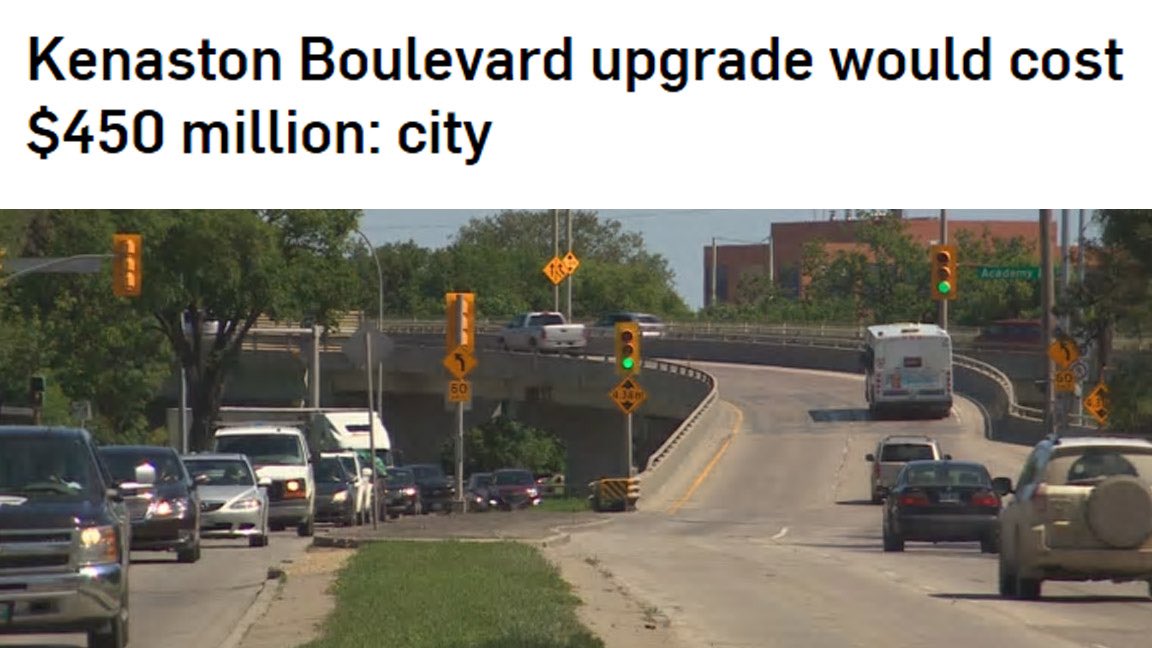
Marchetti’s Constant affects our transportation choices every day. Half an hour is generally the threshold where a walking trip becomes a bike trip and where a bike trip becomes a car trip or bus trip. 
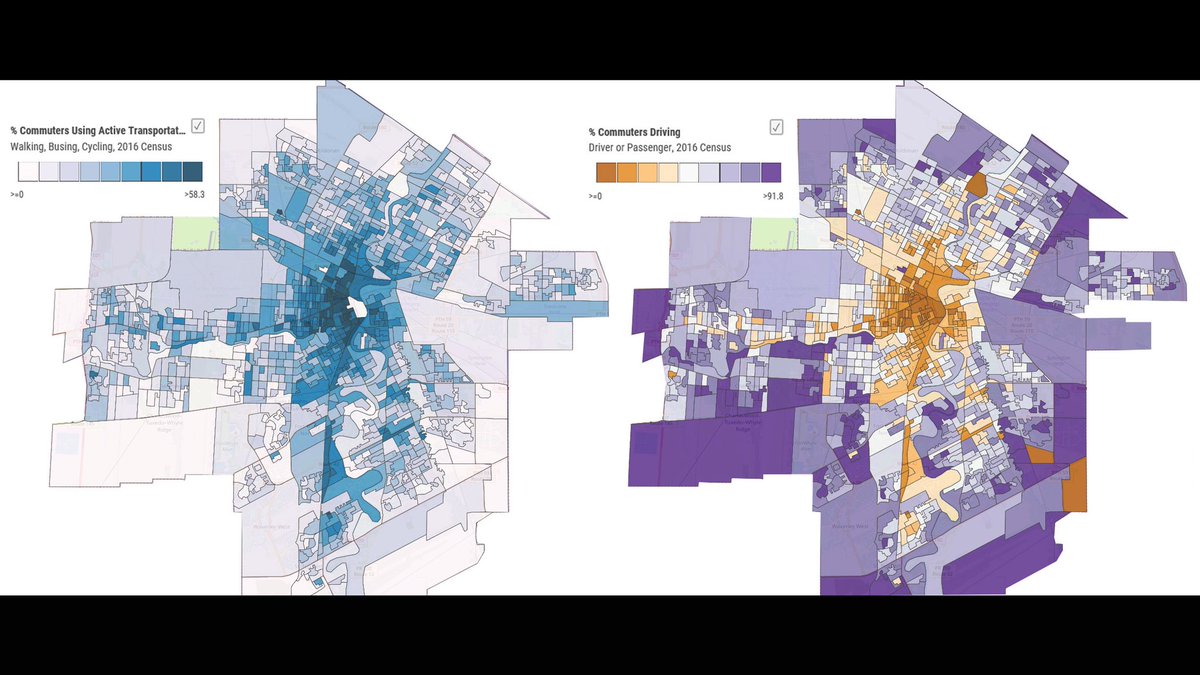
An interesting podcast about Marchetti’s Constant and how it has driven the explosion in shared scooters and bikes can be found here: micromobility.io/podcast/4-marc… 
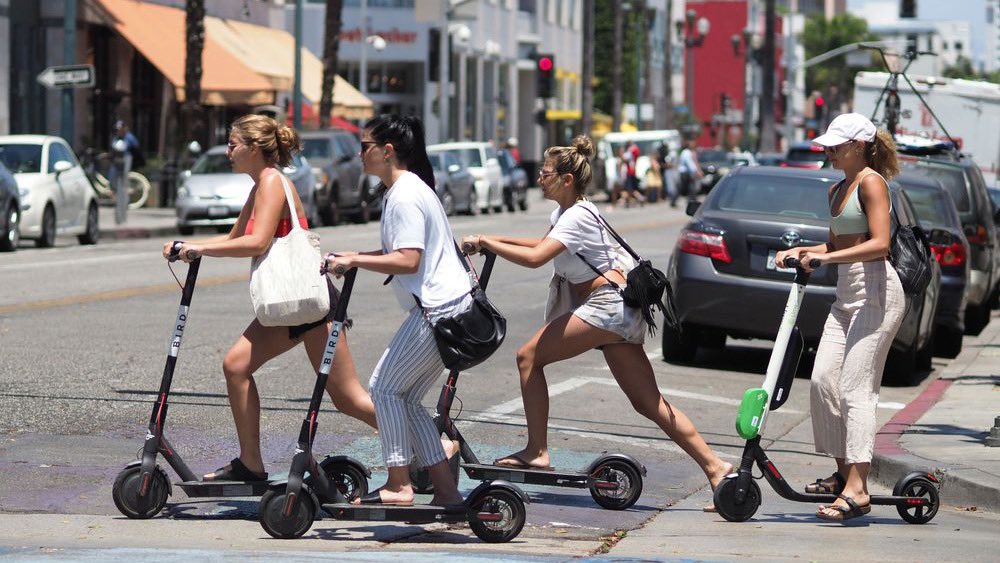
• • •
Missing some Tweet in this thread? You can try to
force a refresh







